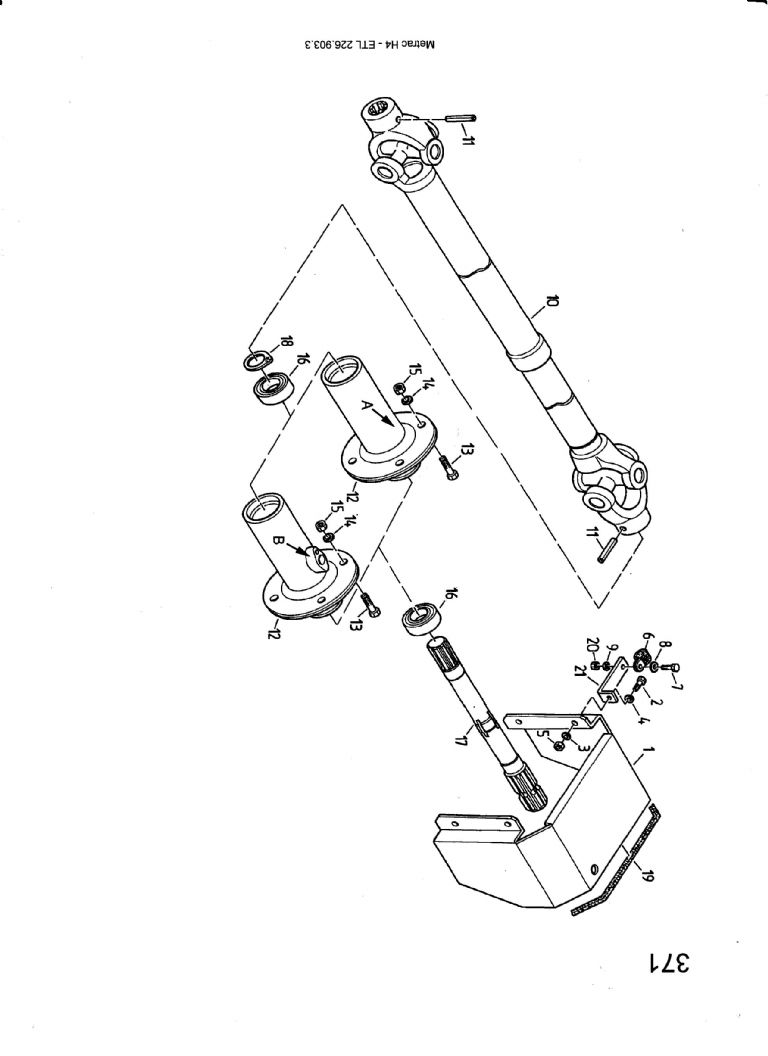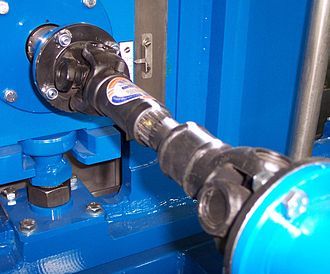Universal Joint Alignment
Universal Joint Alignment
- This topic has 13 replies, 8 voices, and was last updated 3 October 2019 at 12:21 by
 peak4.
peak4.
Viewing 14 posts - 1 through 14 (of 14 total)
Viewing 14 posts - 1 through 14 (of 14 total)
- Please log in to reply to this topic. Registering is free and easy using the links on the menu at the top of this page.
Latest Replies
Viewing 25 topics - 1 through 25 (of 25 total)
-
- Topic
- Voices
- Last Post
Viewing 25 topics - 1 through 25 (of 25 total)
Latest Issue
Newsletter Sign-up
Latest Replies
- Coolant Hose Kit
- 1920s Cradle Mic Antique Brass Sleeve
- Fitting DRO to Myford VME mill.
- Poor Experience with Auction Site Seller
- Power hacksaw – powerful banging when running
- Low Current Power Bank
- Arduino controlled stepper motor for Mill X-axis drive
- Tensile Strength Machineability
- Mechanical lubricator
- Broken casting – Best repair?






